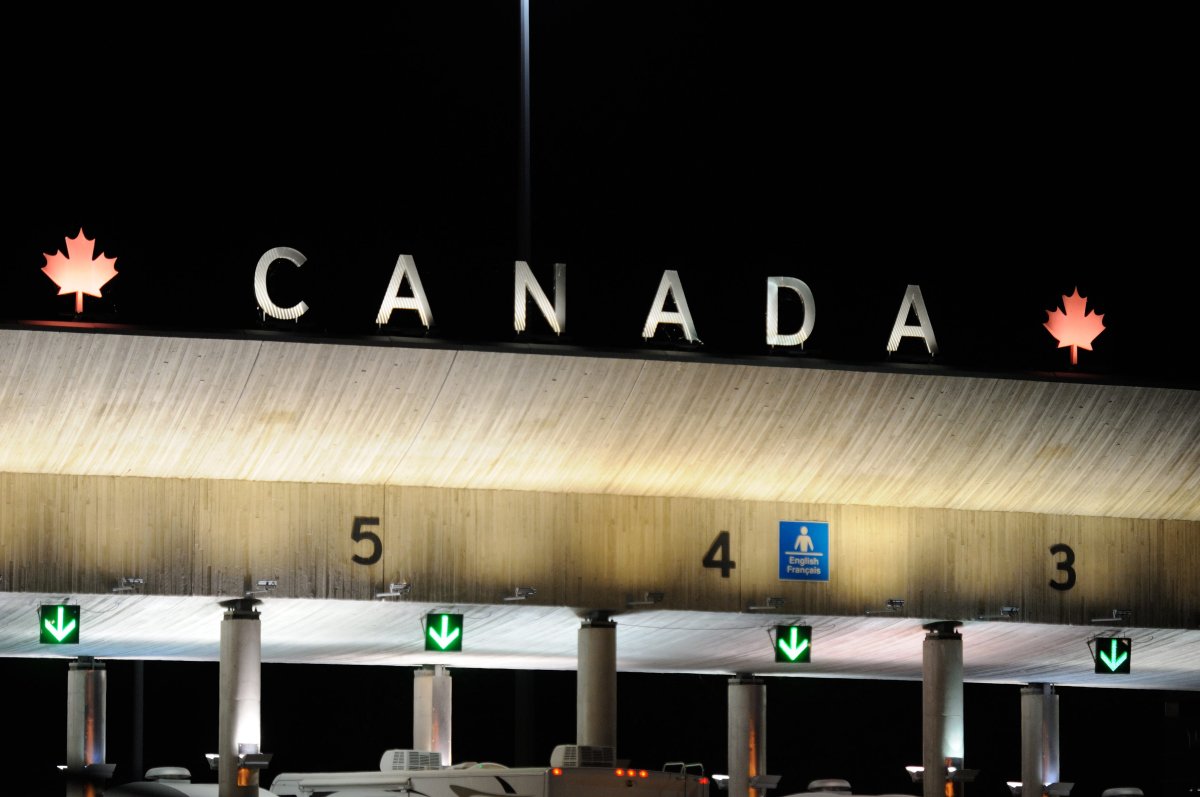With the defeat of U.S. President Barack Obama suddenly a very real possibility, many liberal-leaning voters have taken to Twitter to tell the world they’ll flee the country for Canada if their guy loses. Likewise, Romney supporters are making equally dire warnings about what happens should their candidate not prevail.

(November 5: As the U.S. election campaign draws to a close, the I’ll-move-it-Canada-if meme has surfaced in theWashington Post and the New York Times.)
But do Americans really vote with their feet, and if so, will they head north?
Our infographic shows that the answer may be yes. The years following the 2003 U.S. invasion of Iraq and George W. Bush’s re-election in 2004 show the largest spike in U.S. immigration here since the Vietnam War.
About 5,200 Americans immigrated to Canada in 2002, but that number had doubled to more than 11,000 in 2008, the last year of Republican president George W. Bush’s administration. The spike ended abruptly after Barack Obama was elected to the U.S. presidency, and has been declining since then.
But when it comes to an exodus of Americans to Canada, nothing compares with the Vietnam war.
U.S. immigration flows to Canada since 1955 show a close relationship to armed conflict, with immigration levels and American combat deaths rising and falling in a rough but clear relationship. In the Vietnam era, immigration is also linked to draft induction (ordering a conscript to report for military service, as opposed to registering for a possible future conscription).
After draft induction ended in 1973, immigration rates plummeted, falling by more than half by 1978.
In the aftermath of Bush’s re-election in 2004, many despairing American liberals talked about moving to Canada, though at the time it was hard to tell how serious they were.
Although it is hard to separate those who came here for political reasons from those who did so for personal or job-related reasons, the Bush period seems to have led about 20,000 more Americans to immigrate to Canada than would have done so otherwise.
The draft was a strong motivation for U.S. immigrants in the Vietnam era, but discussion of its return in the mid-2000s was widespread enough that Bush felt the need in 2004 to disavow “rumors on the Internets” that his administration favoured a new draft to meet the demands of the Iraq and Afghanistan wars.
Census data shows concentrations of U.S. citizens – who may also be Canadian citizens – in border areas, large cities and in the B.C. interior, Vancouver Island and the Yukon. The Yukon has the highest percentage of Americans of any province or territory, followed by B.C.
|
|
(Of 1,600 postal areas in Canada, the top ten for U.S. citizens include six along the Maine-New Brunswick border. In Campobello Island, N.B., over a third of the population are U.S. citizens.)
“Everywhere I went along the border, I met people whose citizenship was something other than straightforward,” explains writer Jacques Poitras, whose book Imaginary Line looked at the Maine-New Brunswick border region.
“There are countless examples of a fluid or mixed situation, and it comes from the fact that for people who are closest to the border in those communities, it really wasn’t treated as a barrier in their lifetimes. It’s more of one now, since 9/11.”
- Life in the forest: How Stanley Park’s longest resident survived a changing landscape
- ‘Love at first sight’: Snow leopard at Toronto Zoo pregnant for 1st time
- Buzz kill? Gen Z less interested in coffee than older Canadians, survey shows
- Carbon rebate labelling in bank deposits fuelling confusion, minister says
Similarly, the Kootenays, the southern edge of Alberta, the Lake of the Woods region, Windsor-Essex and Niagara have concentrations of Americans.
Some patterns seem clearly connected to migration during the Vietnam era, which writer John Hagan called “the largest politically motivated exodus from the United States since the country’s beginning.”.
The Annex neighbourhood in Toronto, which attracted a large number of draft evaders, is still the top postal code for Americans in Ontario. Jane Jacobs, one of the best-known migrants of the period (her family moved to Toronto in 1968 because their sons were nearing draft age), lived in the area for many years.
Many Americans also moved to British Columbia during the period. A 2004 proposal for a monument to U.S. draft evaders in Nelson revived the bitter controversies of a generation before, with the project condemned by the U.S. Veterans of Foreign Wars.
South-central Ontario
B.C., Alberta and Saskatchewan




Comments